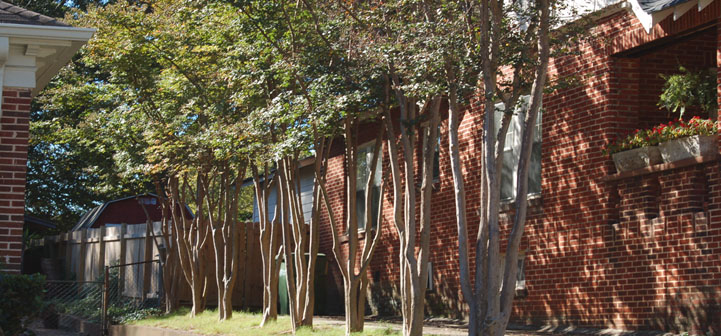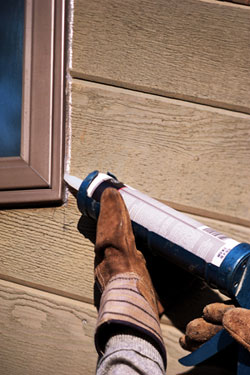Reviewed and Revised on 01/03/2014
Photo of a home electric meter
Electricity is uniquely unforgiving—even the smallest mistake can cause fire, injury, or death. This article is an introduction to your home’s electrical system, but is by no means inclusive. Contact a licensed electrical contractor for more information about your home’s specific electrical system and what changes, if any, should be made.
Common terms
An amp, short for ampere, measures the amount of electricity moving through a wire. …




